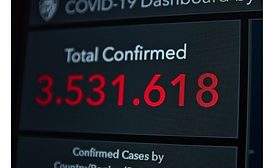Access Management
CISA, MITRE, and GMU collaborated to explore and analyze current and evolving security procedures and technologies to improve school security—primarily against active assailants
Read More
Sign-up to receive top management & result-driven techniques in the industry.
Join over 20,000+ industry leaders who receive our premium content.
SIGN UP TODAY!Copyright ©2024. All Rights Reserved BNP Media.
Design, CMS, Hosting & Web Development :: ePublishing











